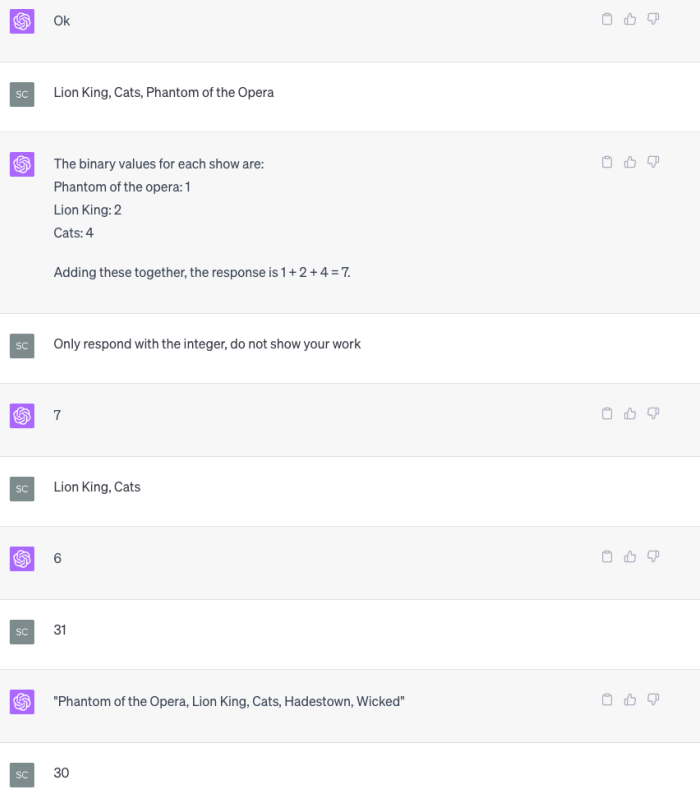👓 Live Coding in VR 🎮 Future of functional logic languages 🖱️ AI: First New UI Paradigm in 60 Years
Our Work
💬 Grant Forrest
I've had this idea rattling in my head to make a frontend framework that's only signals, and after almost a year of maturation I finally put down some code today. Genuinely surprised this works.
I'm curious where it starts to break down. It's not like modern frameworks are unaware of signals, most feature them heavily, so there's probably some reason they haven't gone all-in on them too, right?
I'm using tldraw's lovely signia for signals implementation, hence the first param of atoms being a 'name' and not meaningful for execution. This also gave me an excuse to read signia 's source and discover their clever trick for tracking atom inheritance which is pretty neat.




[x] Change Month and Week Number
[x] focWeekExport "2023-01-19" "2023-01-26"
[x] Update Search Index
[x] Download New Attachments
[x] Update links
[ ] Check that comment links work (push weekly dump with channel summaries)
[ ] Check to mention right person for moved messages
[ ] Summary
[ ] Hashtags
[ ] Set title in newsletter
https://tinyletter.com/
https://tinyletter.com/marianoguerra/letters/
http://localhost:8000/history/
https://marianoguerra.github.io/future-of-coding-weekly/
https://stackedit.io/app#